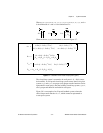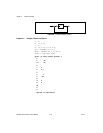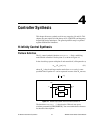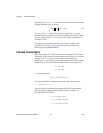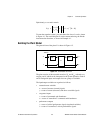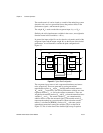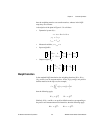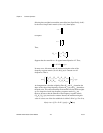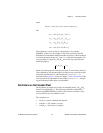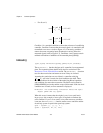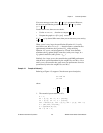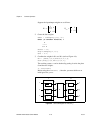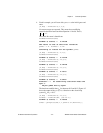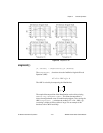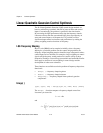
Chapter 4 Controller Synthesis
© National Instruments Corporation 4-7 MATRIXx Xmath Robust Control Module
where
and
The weights also can be viewed as “design knobs” (for example,
[ONR84]). In this view, the weights are not directly related to specific
disturbance or performance models but rather are used as a vehicle to obtain
a closed-loop transfer matrix, H
zv
, from v to z with desired properties. For
every selection of weights W
in
and W
out
, the closed-loop system has the
following property:
But H
zv
has other properties, both good and bad. To some extent, these all
can be affected by varying the weights. An effective way to provide a rapid
evaluation of performance is with the function
perfplots( ), as
described in the perfplots( ) section of Chapter 3, System Evaluation. With
a few trial and error adjustments of the weights,
perfplots( ) will give
a good indication of their effect on performance.
Restrictions on the Extended Plant
Not all choices of weights will result in an extended plant P = W
out
GW
in
that will solve Equation 4-1. The following conditions, established in
references [GD88,DGKF89], if satisfied, will result in a solution. If any
are not satisfied, an error condition occurs.
The conditions are:
•(A, B
2
, C
2
) can be stabilized and detected
• rank(D
12
) = NU (number of inputs)
• rank(D
21
) = NY (number of outputs)
M ω() max m
11
u(),m
12
u()m
21
u()m
22
u(){}=
m
11
σ
max
W
reg
H
y
reg
d
W
dist
[]=
m
12
σ
max
W
reg
H
y
reg
n
W
noise
[]=
m
21
σ
max
W
act
H
ud
W
dist
[]=
m
22
σ
max
W
act
H
un
W
noise
[]=
W
in
H
zv
W
out
∞
γ≤



